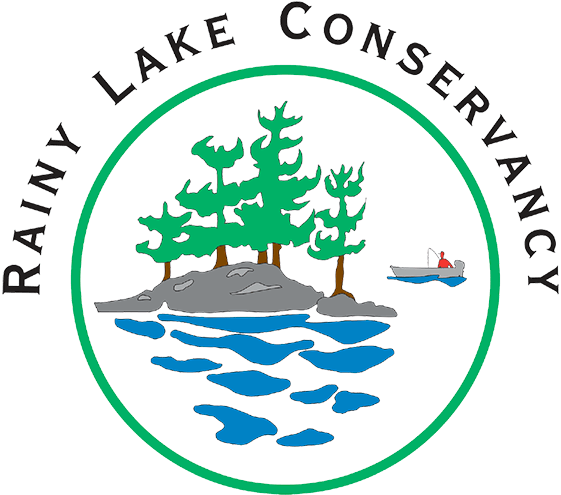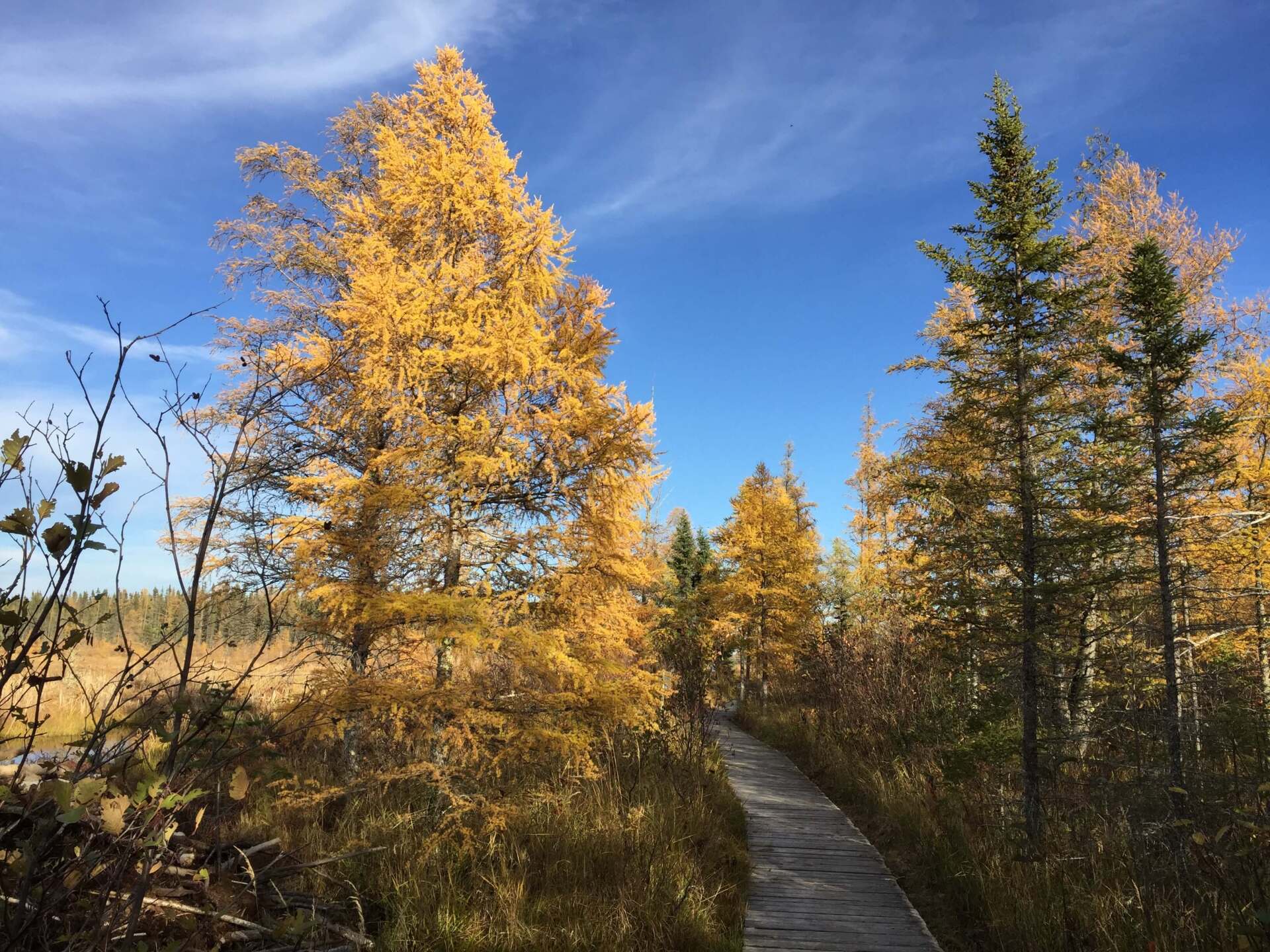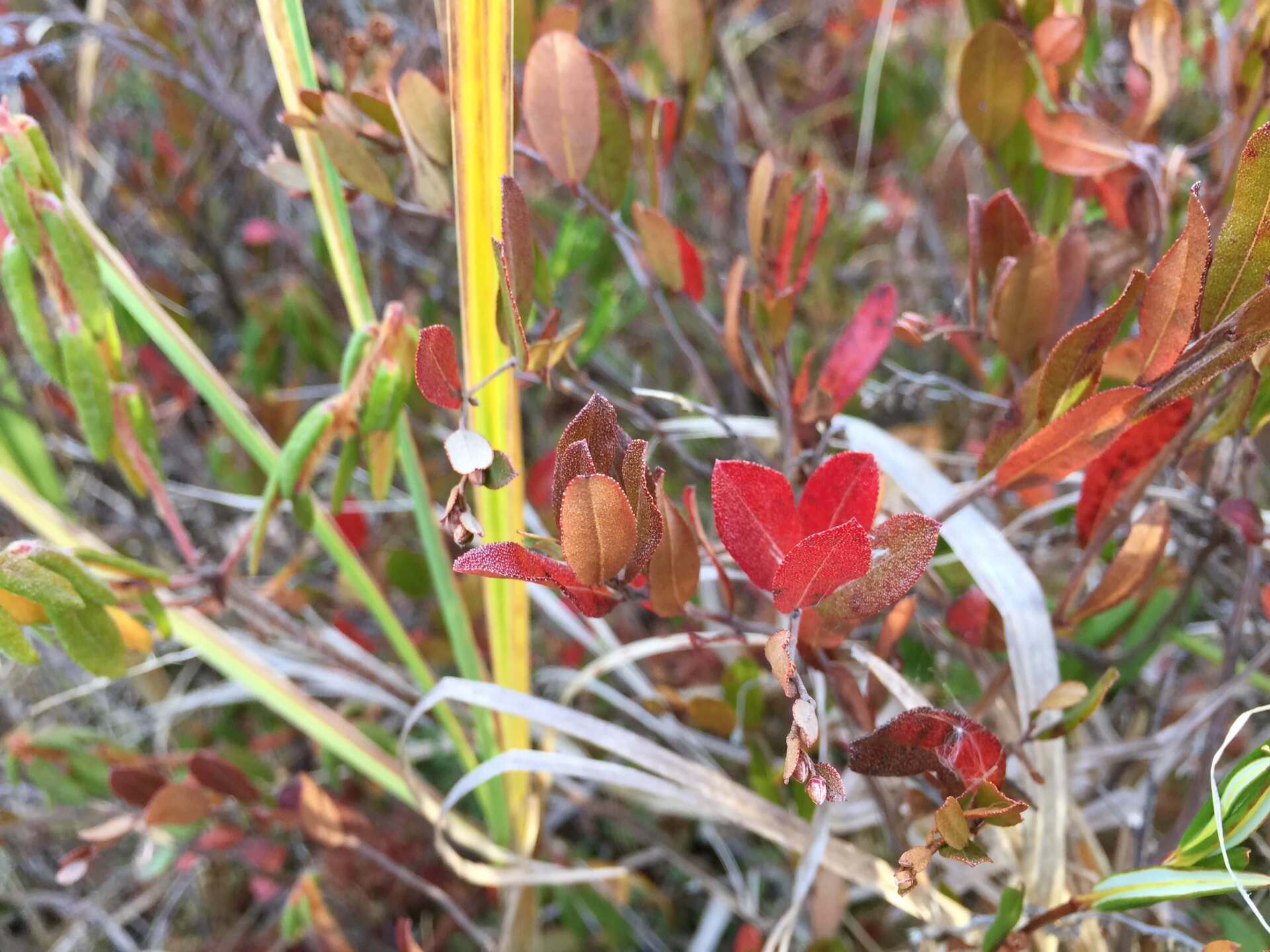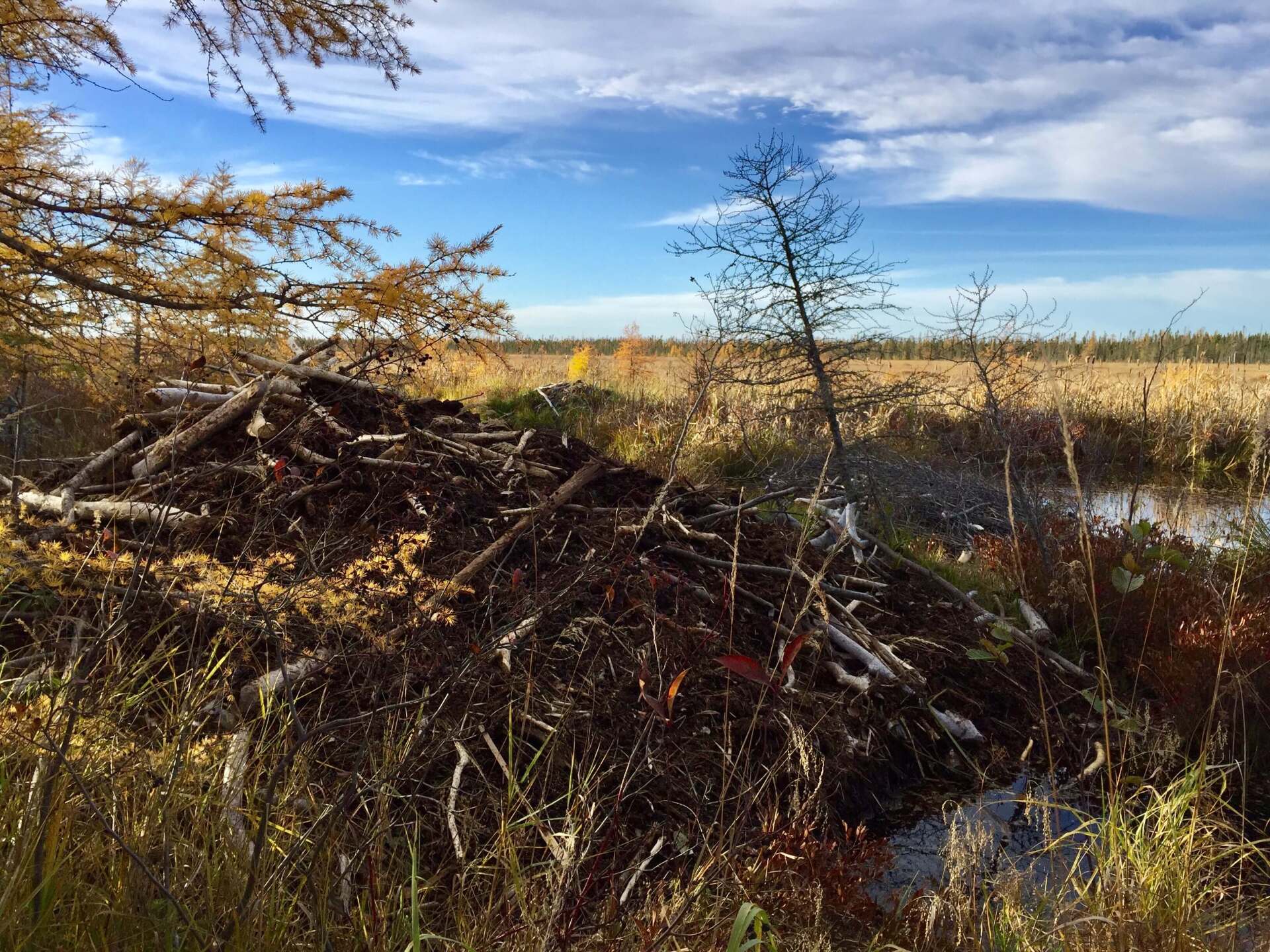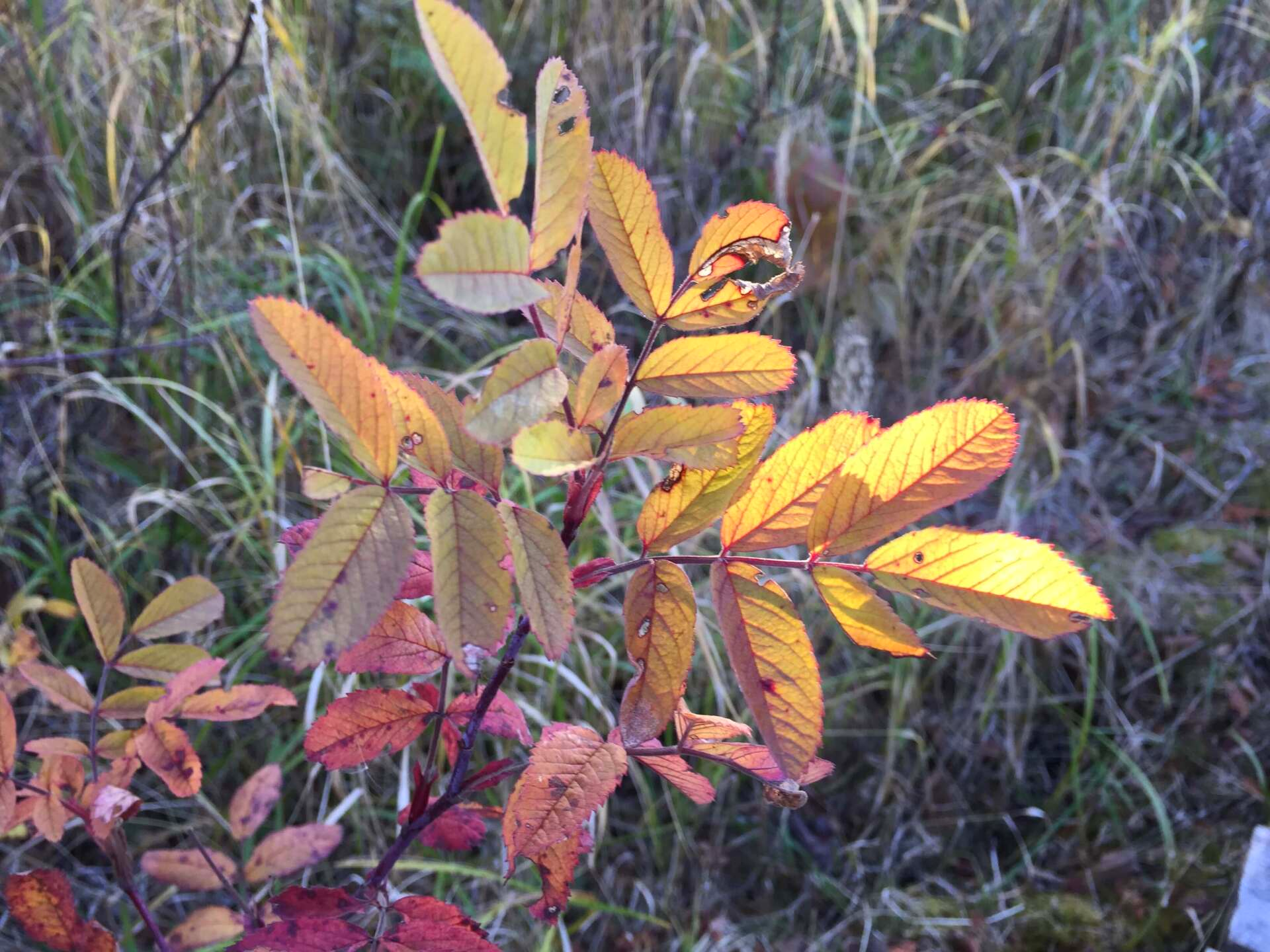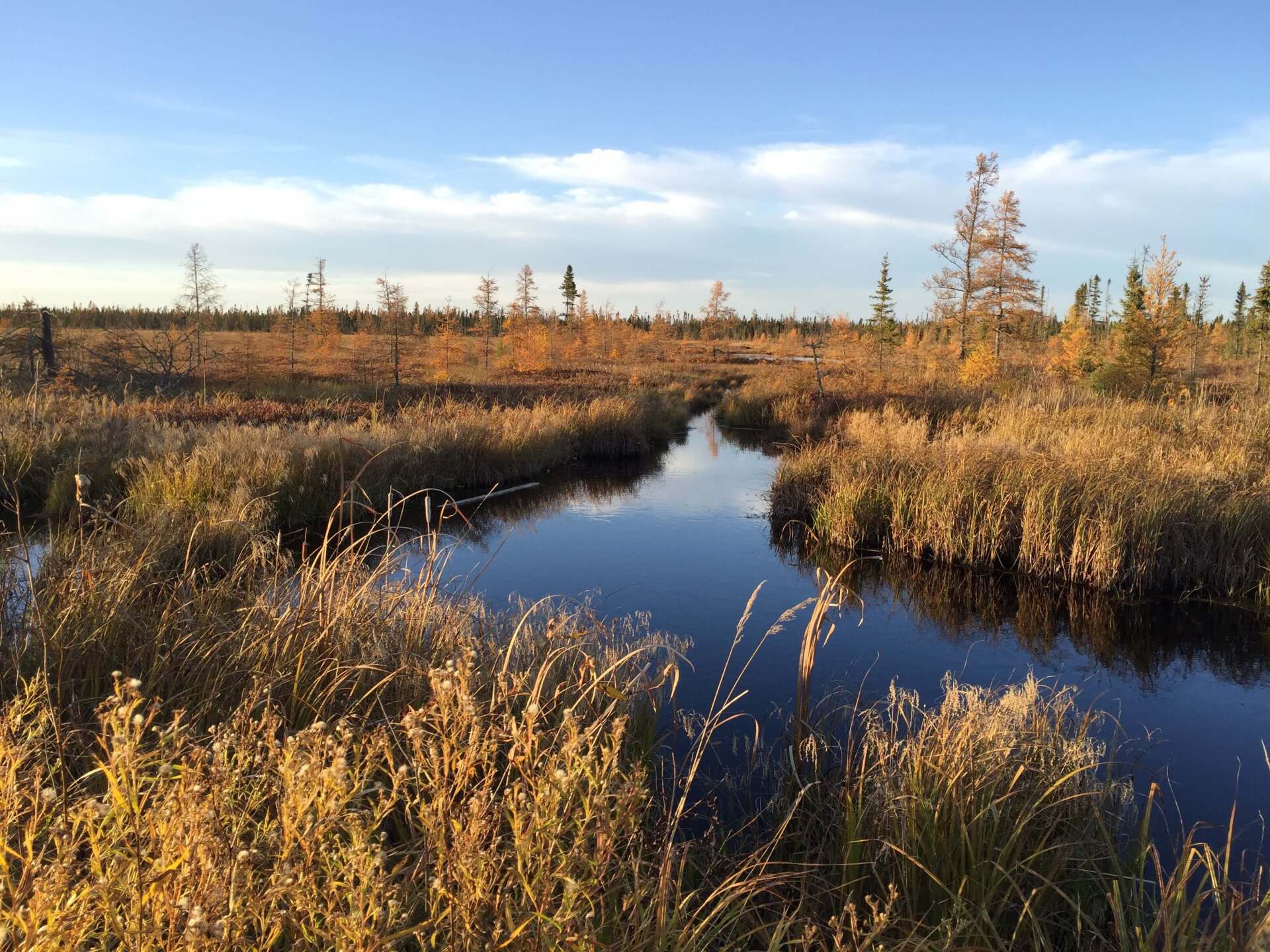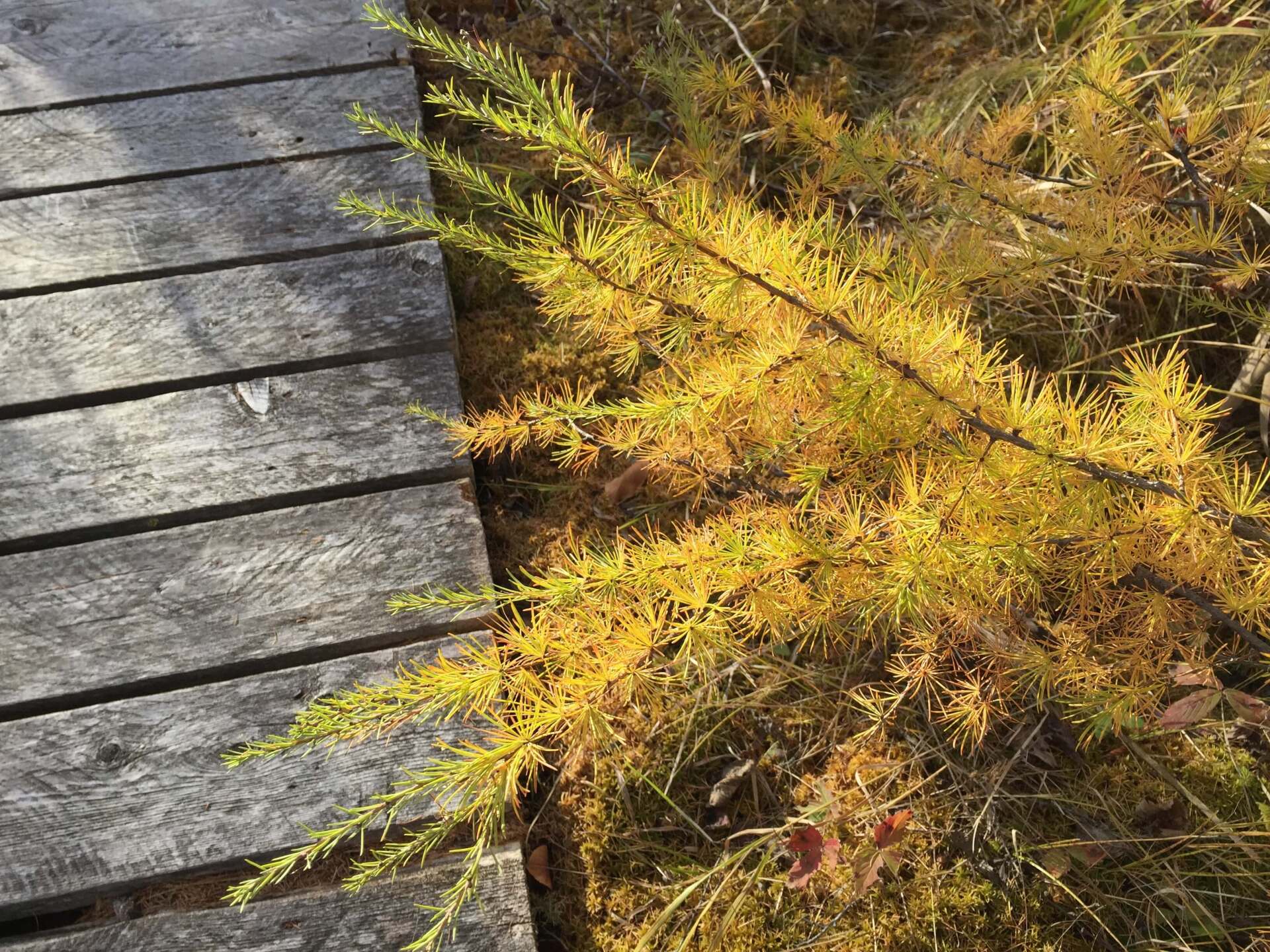Building Partnerships
The Rainy Lake Conservancy knows that it can’t work alone,
...that more can be accomplished through collaborating with other organizations and individuals. Over the past 20 years, RLC has been a member of the Ontario Land Trust Alliance and has forged strong partnerships with the Nature Conservancy of Canada, The Minnesota Land Trust, American Friends of Canadian Conservation, the local Ministry of Natural Resources and Forestry, the Rainy River Valley Field Naturalists, and the Fort Frances Museum and many other Ontario Land Trusts and organizations.
Support for the Cranberry Peatlands Interpretive Trail
The Cranberry Peatlands are a mix of swamp, fen, bog and marsh whose peat was harvested for fuel in the 1940s. It is a beautiful place, rich in its own special habitat. Developing an interpretive trail in this historically and ecologically significant wetland is the brainchild of the Rainy River Valley Field Naturalists whose efforts on the project go back to 2002. The Rainy Lake Conservancy was able to participate in this project by securing an Ontario Trillium Foundation grant and helping with the trail's official opening event. The trail's grand opening was a collaborative effort by the Northwestern Ontario Conservation Partnership and other area groups. On the trail, to date, there are seven interpretive stations. Conservancy members produced a trail guide identifying plant and wildlife species along the trail and at each station. The interpretive trail leads straight into the bog where visitors can surround themselves in a wet world of tamarack, dwarf birch, bog laurel, Labrador tea, and wild cranberries.
Volunteer for Nature! Purple Loosestrife Control
Purple Loosestrife is an aquatic invasive species with beautiful pink to purple candle-like flowers. Thriving in wet ditches, wetlands, shorelines and bays, this exotic plant chokes out indigenous plant species. Its root bundle is large and heavy, its seed production unbelievably prolific. Rainy Lake has been mostly free of this unwelcome plant although it is present in a few areas. Because of Rainy Lake's many pristine bays and miles of shallow shoreline, the potential danger of Purple Loosestrife damage is significant. When a healthy crop was discovered in a bay on Gross Island, Rainy Lake, a cooperative eradication effort began.
Under the direction of the Nature Conservancy of Canada's Volunteer for Nature! program, adults from a First Nations class, representatives of the Nature Conservancy of Canada, and members of the Rainy Lake Conservancy met on a hot July morning on the Gross Island dock. Throughout the day the volunteers waded in muck and cattails, pulling every loosestrife plant they could find. Leeches and sunburn added challenges to an already challenging day, but by the end of the day the bay was free of Purple Loosestrife, at least for the time being.
Nature Conservancy of Canada and Other Partnerships
The Nature Conservancy of Canada opened a regional office in northwestern Ontario in the summer of 2004. Their interest in northwestern Ontario began with a joint effort between founding members of the Rainy Lake Conservancy and the Nature Conservancy of Canada to save Goose Island from development and to start a conservation easement program on Rainy Lake. The partnership between the Nature Conservancy of Canada and the Rainy Lake Conservancy strengthens the conservation goals of both organizations in the Rainy Lake area.
Participation in the Heart of the Continent organization is another important partnership involving the Rainy Lake Conservancy. Founded in 2006, the Heart of the Continent is a binational group of over 15 organizations. Its mission is to "sustain and celebrate the health, beauty, diversity and productivity of the natural and cultural resources of the Border Lakes Region through collaboration to meet the needs of present and future generations."
The Rainy Lake Conservancy also partners with the Minnesota Land Trust, the Ontario Ministry of Natural Resources and Forestry, the Fort Frances Museum and other local organizations and governments supporting responsible conservation initiatives in the area.
RLC continues to contribute to this Voyageurs National Park project
The Voyageurs Wolf Project has been doing internationally renowned, ground-breaking research to gain a comprehensive understanding of the summer ecology of wolves in the Greater Voyageurs Ecosystem in northern Minnesota.
Studies on the predation and breeding are answering questions that have never before been answered. They have over 50,000 followers on social media which is growing every day.
Contact Rainy Lake Conservancy
Call: 1-807-632-4051 or 1-807-275-9640
Email: info@rainylakeconservancy.org
Learn how can you help the Rainy Lake Conservancy
Rainy Lake Concervancy | Fort Frances, Ontario | Fort Frances Web Design by Studio Gibbous
